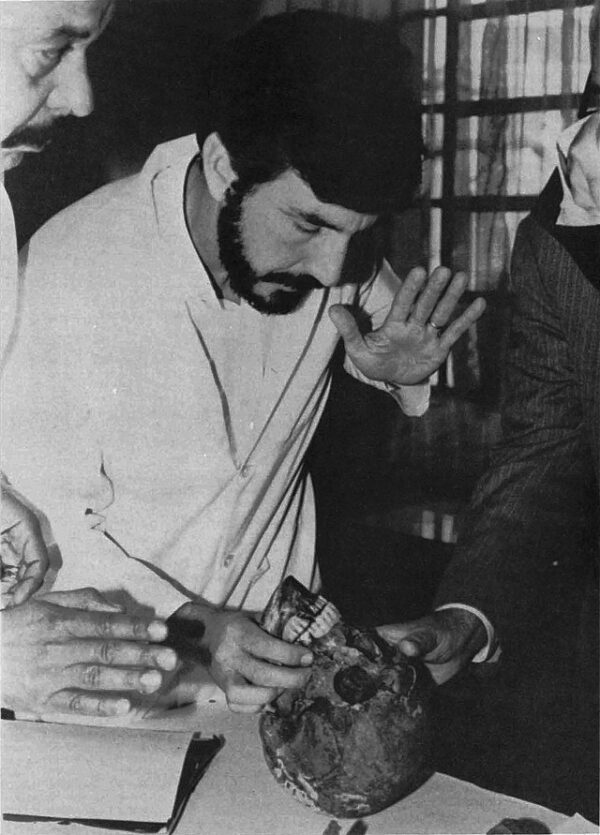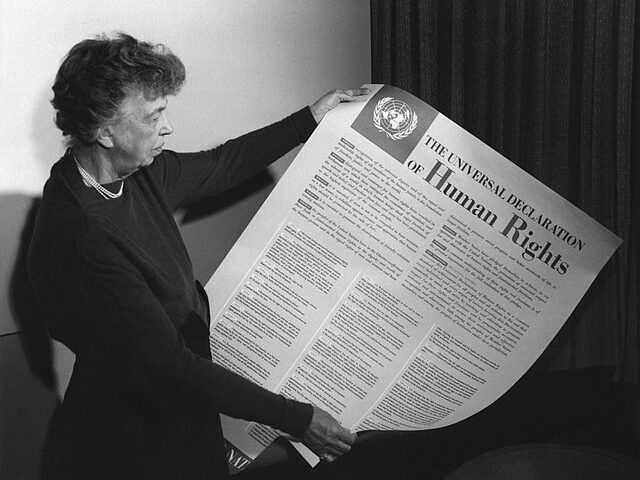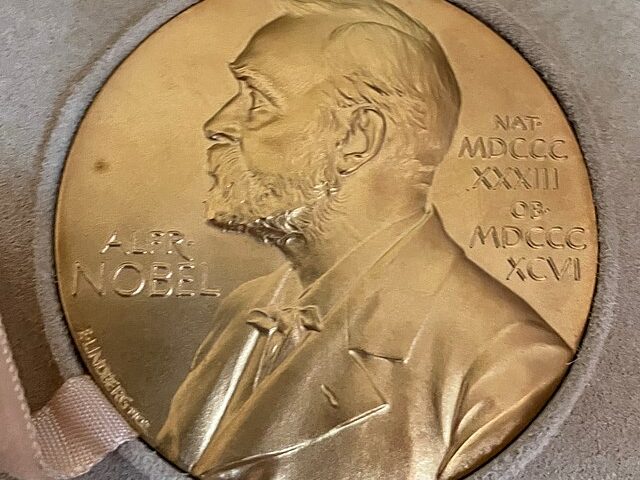In a remote cemetery outside São Paulo, Brazilian officials exhumed a grave on June 6, 1985, bearing the name “Wolfgang Gerhard.” For years, it had been largely unremarkable—until intelligence from West German investigators indicated it might conceal one of the last great fugitives of the Nazi era: Josef Mengele. The man known to Auschwitz inmates as the “Angel of Death” had vanished into the postwar ether, aided by shadowy escape networks and sympathetic hosts. Now, beneath a false name and decades of silence, his bones were finally unearthed.
Mengele had become a symbol of both the horrors of the Holocaust and the failure of international justice. A physician by training and ideologue by conviction, he performed grotesque human experiments in the death camps—especially on twins—under the pretense of medical science. After the fall of the Third Reich, Mengele fled Europe through the ratlines, slipping into Argentina and later Paraguay, before settling in Brazil under the protection of German expatriates committed to shielding him from accountability.
The break came when investigators in West Germany discovered personal documents and photographs in the home of a couple believed to have sheltered Mengele for years. The evidence linked Mengele to the alias “Wolfgang Gerhard,” a name previously attached to a grave in Embu. Under mounting pressure from Holocaust survivors, Nazi hunters, and foreign governments, Brazilian authorities ordered the grave opened.
The remains—decomposed but largely intact—were examined by a multinational forensic team. The skeleton’s features matched known characteristics of Mengele, including dental records, height, and spinal anomalies. Yet without DNA confirmation, the world remained uncertain. Mengele, who had escaped extradition, prosecution, and trial, might now escape identification, too.
That uncertainty lingered until 1992. Using advanced DNA analysis, scientists compared the remains to samples taken from Mengele’s son and other relatives. The results were definitive: the body buried under the Gerhard name belonged to Josef Mengele. The Angel of Death had died not in handcuffs or before a tribunal, but quietly—of a stroke, while swimming in Bertioga, Brazil, in February 1979. He was 67.
The anticlimax stung. For those who had waited decades for justice, Mengele’s anonymous death felt like a final act of evasion. Yet the confirmation of his fate marked a grim victory for memory over denial. The exhumation exposed not only Mengele’s remains but also the vast, years-long complicity that had enabled him to live in comfort while the world searched in vain.
In the end, it was not law enforcement or diplomacy that brought him to justice, but decay, science, and the persistence of truth. What his bones could no longer hide, forensic evidence revealed. The grave in Embu no longer belonged to “Wolfgang Gerhard.” It belonged to Josef Mengele—a man whose name had become synonymous with the perversion of medicine and the bureaucratic coldness of genocide. His death brought no closure, but it did strip away the last disguise.






